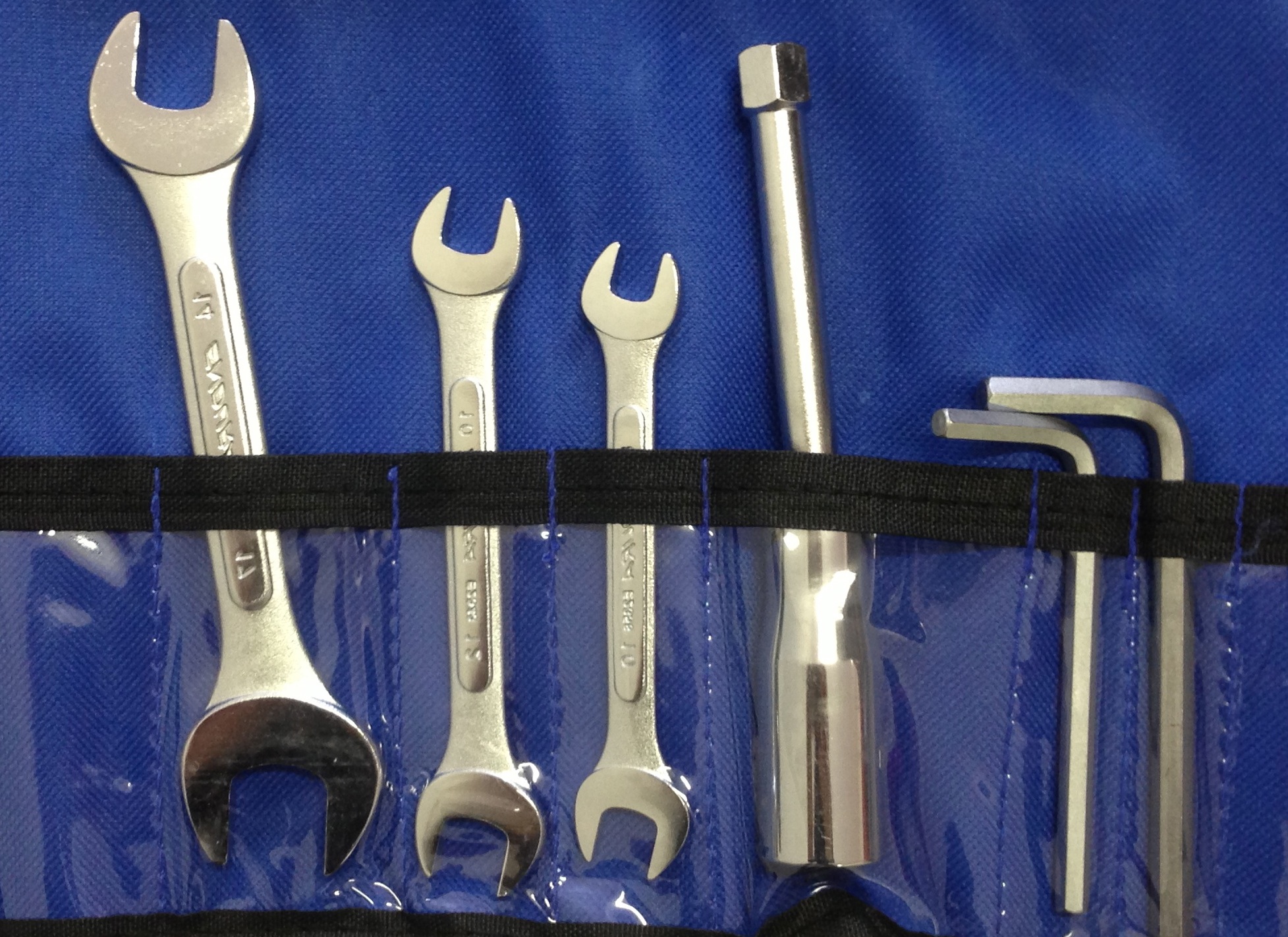Most riders believe they will void their warranty if they do their own servicing or if they take their bike to a mechanic, rather than their dealer.
However, the Australian Competition and Consumer Act 2010 prevents automotive dealers tying you into servicing or voiding your warranty if you service it yourself or have it done by a mechanic.
Many countries have similar laws protecting consumers against restrictive trade practice such as this.
While it’s nice to know you have the law on your side, the issue of whether you service your own bike or get a non-dealer mechanic to do the work is a lot more complex than that.
For example, your warranty can still be voided if you or your mechanic use inferior consumables (such as oils) or parts, or if the servicing isn’t as regular as prescribed in the manual, or if you don’t follow proper servicing procedures.
Let’s look first at the matter of DIY servicing.
Most modern bikes have complex computer software that needs updating just like your home computer, tablet or even your mobile phone.
While your iPhone may be easy to update, very few home mechanics will have the know-how or diagnostic tools to update the engine’s ECU.
Sure, most home mechanics can do a lot of the other stuff such as checking and replacing pads, coolant, brake and clutch fluid and engine oil, but it’s best to leave the highly mechanic technical stuff to the experts.
RACQ spokesman and Triumph Bonneville owner Steve Spalding (pictured) does his own servicing, but he warns owners who might be looking to save money by using cheaper and inferior parts that they could be chasing a false economy.
“My experience is that penny pinching in the wrong area ends up costing the owner more,” he says. “Why would you put a $5000 engine at risk by saving $10 on an oil filter?”
If you do embark on DIY, make sure you have the right tools for the job.
He says another critical aspect with DIY is that home mechanics should only do servicing and repairs of which they are capable.
“Don’t put your safety at risk because of a lack of knowledge,” he warns.
If you do your own servicing, make sure you use genuine parts and consumables or their equivalent, or even better.
Be wary of buying cheap parts and consumables over the internet. We have heard of some brand-name spark plugs that are actually fakes and quite inferior.

“Even if the owner does their own servicing then the log book should still be filled out.
“One approach often used by owners who have a technical trade background is to have a stamp made up for this job. I do it and would happily defend the quality of servicing work if there was a need to do so.”
Steve has another warning about a lack of access to servicing and repair information.
“The feedback from repairers is strong about it becoming increasingly difficult to get sufficient technical information (from manufacturers) to carry out such work,” he says.
“With the complexity in bikes, owners without this information will be forced to use the dealer network or risk DIY without such and potentially cause damage that requires costly rectification work way beyond the price saved by not using the dealer.”
Not everyone is as technically proficient as Steve, so should you take your bike to a non-dealer mechanic?
Read about non-dealer servicing here and read about servicing at a DIY garage here.



